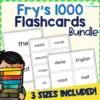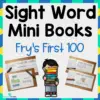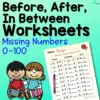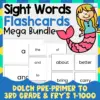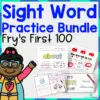Today, we’re going to dive into the wonderful world of the water cycle and explore some fun and cool activities for your little ones. The water cycle is an important concept for preschoolers to learn, but it can be a struggle to make it engaging and exciting.
Don’t worry though, we’ve got you covered with these 10 awesome activities that will have your preschooler begging for more! So, let’s get started and make a splash with the water cycle!
Great Water Cycle Activities for Preschool
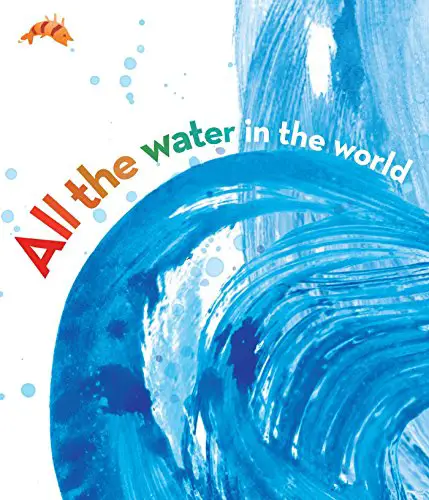
What better way to introduce your preschooler to the water cycle than through books? Reading together is not only a great way to develop their reading and comprehension skills, but also a fun way to explore the water cycle through colorful illustrations and entertaining storytelling.
Luckily, there are tons of children’s books out there that explore the water cycle in a way that’s engaging and educational. Some of our favorites include “All the Water in the World” by George Ella Lyon, “The Magic School Bus Wet All Over” by Joanna Cole, and “A Drop Around the World” by Barbara Shaw McKinney.
So, grab your little ones and a cozy spot to snuggle up in, and get lost in the pages of these amazing books. Who knows, you might even learn a thing or two yourself!
If you want to know more about this activity, continue reading our 10 Refreshing Books About Water for Preschoolers article.
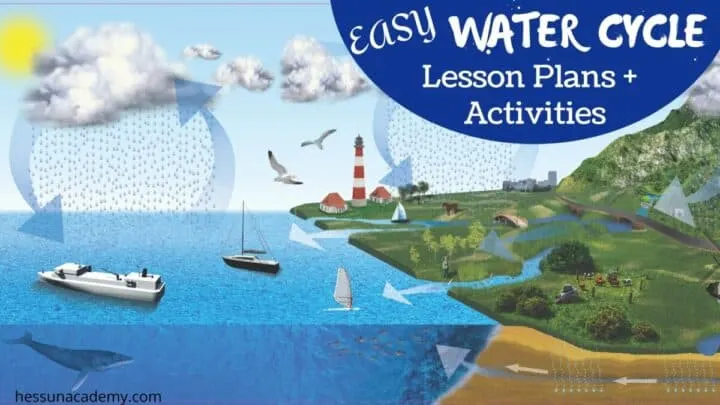
Next up, we have a super fun water cycle lesson plan idea for preschoolers – Bubble Solution! This activity is a great way for young children to get familiar with the three different states of water and understand how they change and interact with each other.
To get started, you’ll need:
- Three Plastic Cups
- Soap Or Shampoo
- Water
Fill each cup with a different amount of water – about ¾ full for the solid one, half full for the liquid, and nearly empty for the gaseous one. Then mix in some soap or shampoo to bubble up the first two cups (the liquid and gas states).
Now comes the fun part – let your little ones blow bubbles in all three cups! As they do so, they will see the water turn from a solid to a gas as it rises up and out of the cup, go from a liquid to a gas as it leaves the cup through the bubbles, and then become a solid once more as it falls back down into the bottom of each cup again. It’s a cool experiment to see in action and will surely leave your preschooler in awe!
For additional information regarding this activity, make sure to visit hessunacademy.com.

The water cycle in a bottle is a super easy and fun activity that teaches preschoolers about the different stages of the water cycle while recycling a plastic bottle!
To get started, you’ll need:
- A Clear Plastic Bottle
- Hot Water
- Blue Food Coloring
- A Sharpie
- Ice Cubes
- A Cup (To Hold The Bottle Upside Down)
Turn the bottle upside down and draw the various parts of the water cycle on the outside with a Sharpie. Add some blue food coloring to the hot water for some color, pour it into the bottle, and tighten the lid.
Flip the bottle back over and place it in a cup. Add some ice cubes to the flat bottom of the bottle.
Slowly but surely, you will start to see condensation forming and maybe even a cloud! Talk about the different stages of the water cycle and reinforce them with your preschooler. It’s not only a great way to learn, but it’s also an opportunity to teach your child about recycling and sustainability.
If you want to know more about this activity, be sure to check out 123homeschool4me.com!

Get ready to engage your preschoolers in some puddle evaporation observation! This activity is a great way to introduce evaporation to your little ones. Start by having them draw around an existing puddle and predict how it will change over time. Will it evaporate completely, leaving only a dry spot? Or will it leave behind a small amount of water?
Once they have made their predictions, and wait for a designated amount of time. This could be a few hours or even a day, depending on how much time you have.
After the time has passed, have your preschoolers observe the puddle and compare it to their predictions. Did the water evaporate completely? Was there any water left behind? Use this as an opportunity to talk about the water cycle and how evaporation plays a role in it.
This activity is not only a great way to teach your preschoolers about evaporation, but it also encourages them to use their critical thinking skills to make predictions and observations.
Prekprintablefun.com is the place to go for more information about this activity.
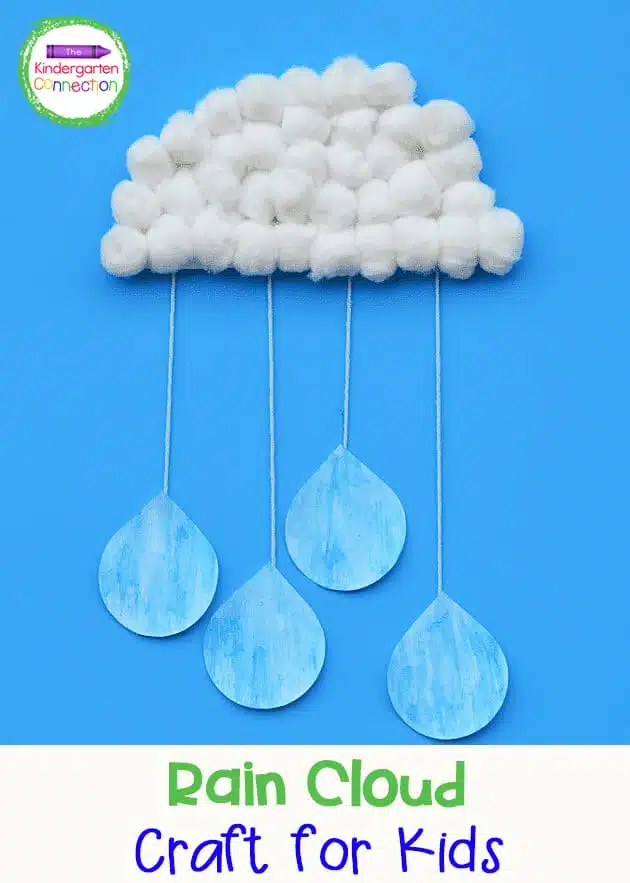
This is a fun and easy activity that uses items you likely already have on hand, making it perfect for a classroom project or spring bulletin board display.
To get started, you’ll need some supplies such as:
- Raindrop Template
- Paper Plate
- Cotton Balls
- Glue
- White Cardstock
- Watercolors
- Yarn Or String
- Tape
Cut a paper plate in half and have your little ones work in small sections to apply glue and add cotton balls, covering the plate.
Next, print the raindrops template onto white cardstock and have your preschoolers use watercolors to paint the raindrops. Once dry, cut out the raindrops and hang them from the cloud (plate) using yarn or string.
You can use tape to attach one end of a piece of yarn to the back of each raindrop and the other end of the yarn to the back of the paper plate so that the raindrops are hanging from the cloud.
To learn more about this activity, make sure to visit thekindergartenconnection.com.
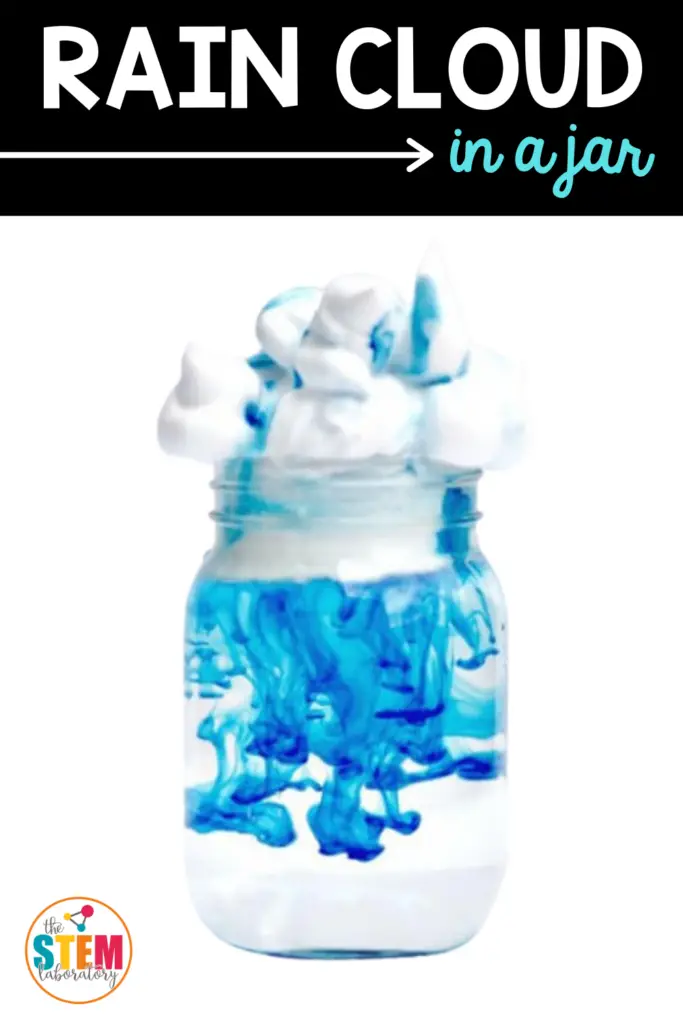
This is super easy and will only take a few materials that you probably already have at home.
First things first gather:
- Food Coloring
- Water
- A Clear Jar
- Shaving Cream
- Plastic Pipettes
Once you’ve got all of those ready, mix a few drops of food coloring into some water to create your “rain”. The author’s little one loved making rain so much, they even tried different colors!
Next, fill the glass jar about 3/4 full with cool water. Then, make a fluffy “cloud” on top of the water using shaving cream. The fun part comes next: making it rain! Instruct your preschooler to suck up some of the colored water into their pipette and then gently squirt it on top of the shaving cream cloud.
It won’t take long before the first drops of colored rain start to fall and make their way through the cloud and into the water. It’s exciting to watch! This simple activity gives young children a hands-on visual that is both entertaining and educational.
If you need more details about this activity, don’t hesitate to check out thestemlaboratory.com.

Who doesn’t love LEGOS? They are not only fun and colorful, but they’re also great for learning! LEGOS are a classic manipulative toy, which means they help children develop their fine motor skills and cognitive abilities while playing.
In this water cycle project, your kids will learn about environmental science and create their water cycle using LEGOS. It’s a hands-on project that’s not only inspirational but also lots of fun. And the best part is that you don’t need any specific directions to complete it!
To get started, all you need are some LEGOS in white, green, blue, and yellow, which you can find in most traditional LEGO building sets. Your kids will build a cloud, land, water, and the sun to create their water cycle.
Not only will your kids have a blast building their water cycle, but they’ll also be expanding their cognitive skills as they visualize the water cycle in action.
Don’t forget to visit kcedventures.com to get more details about this activity.
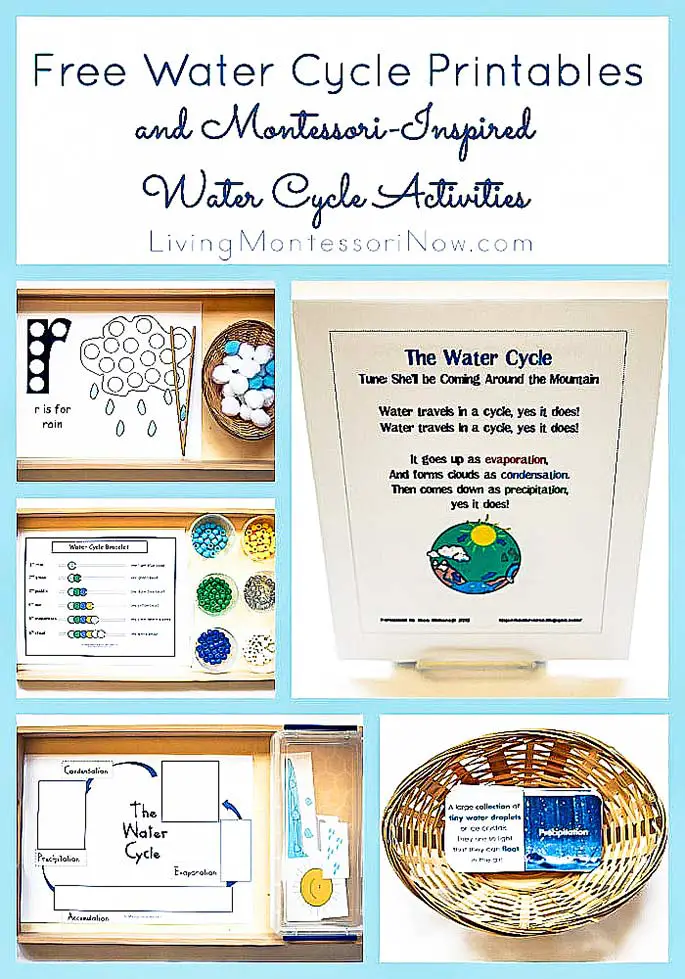
This activity is perfect for young kids who are learning their phonics and practicing fine motor skills. It’s called the R is for Rain Pom Pom Transfer, and it’s a fun and educational activity that can be easily set up at home.
First, you’ll need to print out the free “r” printable. Then, grab a tray and basket to hold the materials. I recommend a Multicraft tray with a Montessori Services basket for this activity.
To add a practical life component, you can include tongs for picking up the pom poms. This will help your child practice their grip and hand-eye coordination.
Once you have everything set up, it’s time to start the activity! Have your child transfer the pom poms from one side of the magnet page to the other, using the tongs to pick up and move the pom poms. While they’re doing this, emphasize the phonetic sound of the letter “r” (/r/ for rain) to reinforce their phonics learning.
Livingmontessorinow.com has all the information you need about this activity.
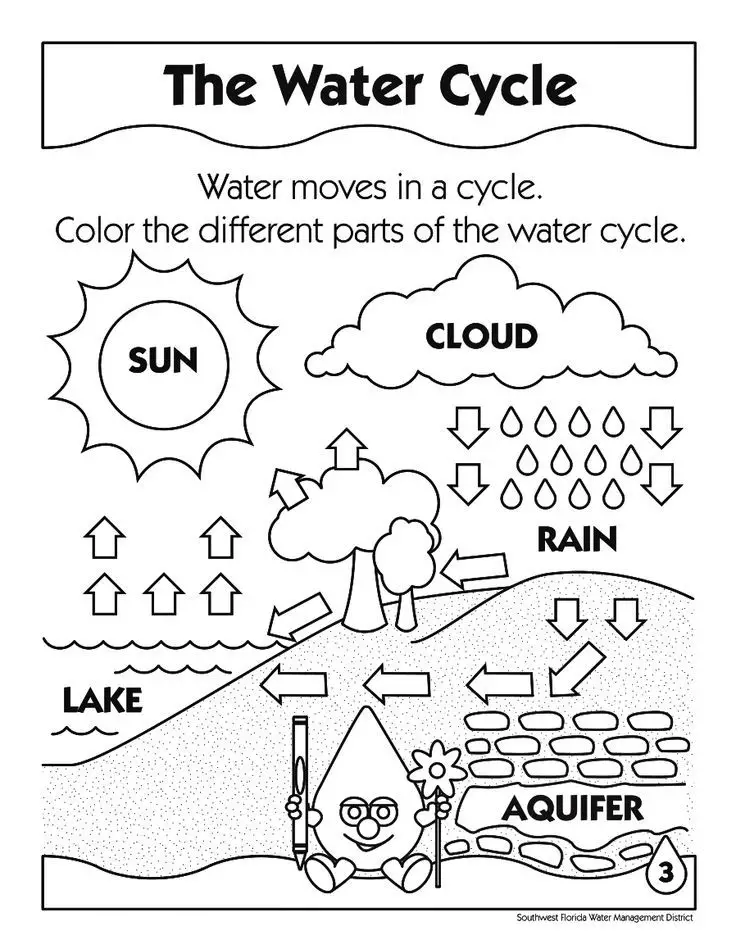
Coloring pages are a fantastic way to engage young children in learning about the water cycle. Not only do they get to practice their fine motor skills and creativity, but they also get to visualize the different stages of the water cycle.
There are many free water cycle coloring pages available online that you can print out for your child. Some pages even include labels and descriptions of the different stages of the water cycle, which can help reinforce their understanding of the process.
To take the activity a step further, you can have your child color and cut out the different stages of the water cycle and create their water cycle mobile. This can be a fun way to reinforce their learning and create a visual reminder of the process.
Make sure to visit coloringhome.com for more details about this activity.
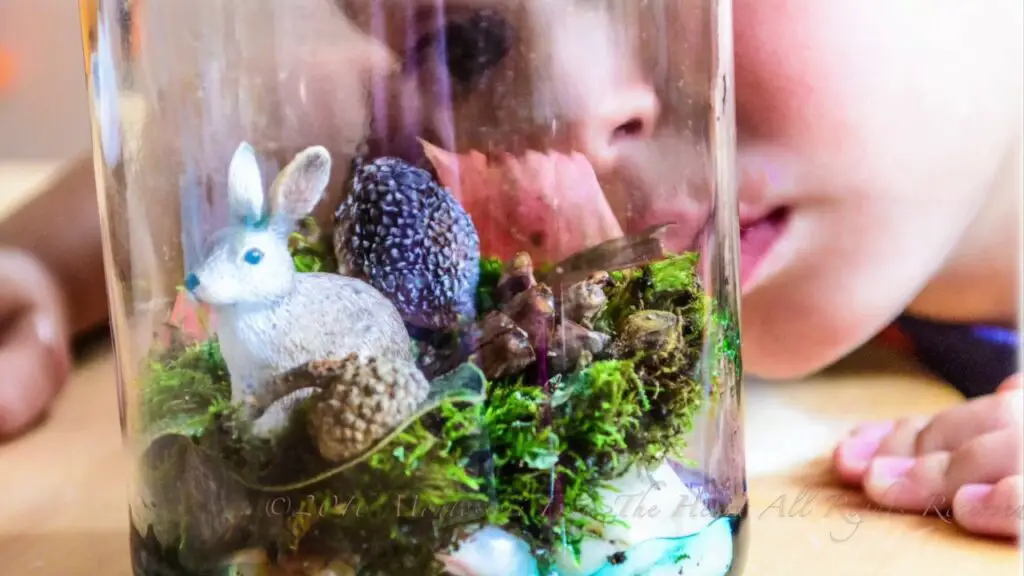
A DIY terrarium is a great way to teach your child about the water cycle in a fun and creative way. Here’s what you’ll need:
- Small Rocks Or Pebbles
- Animal Figurines
- Water
- Cotton Balls
- Gauze
- Rubber Band
Start by filling the bottom of your terrarium with small rocks or pebbles. This will provide drainage for the water cycle.
Next, add a layer of soil on top of the rocks. Then, add your nature objects and forest animal figurines. Encourage your child to be creative and arrange the items in a way that looks like a natural habitat.
To create the water cycle, add water and a few drops of blue food coloring to the terrarium. Then, place a few cotton balls on top of the soil. The cotton balls will act as clouds in the water cycle.
Finally, cover the terrarium with gauze and secure it with a rubber band. This will create a closed system for the water cycle.
As the water evaporates from the soil and nature objects, it will condense on the gauze and fall back into the terrarium as precipitation.
To get a better idea of this activity, be sure to check out montessorifromtheheart.com
Conclusion
Thank you for taking the time to read through these fun and educational activities related to the water cycle. It’s always great to find ways to incorporate hands-on learning into our daily activities, and these ideas are a great starting point.
We hope you and your children enjoy exploring and learning about the water cycle in these creative ways!
People Also Ask
Understanding the water cycle is an important part of learning about the natural world and how it works. It can be a fun and engaging topic for preschoolers to explore, as they learn about the different forms water can take and how it moves through the environment.
Explaining the water cycle to preschoolers can be done in simple terms that they can easily understand. You can start by telling them that water is all around us and that it can change into different forms like rain, snow, and ice.
Explain that the water cycle is like a big circle where the water goes up into the air as evaporation, forms clouds as condensation, falls back to the ground as precipitation, and then the process repeats itself.
Using visual aids like pictures, diagrams, or even a simple demonstration with a jar of water and a lid can help to illustrate the concept further.
Encourage preschoolers to explore and observe the water cycle in their everyday lives, like looking for rainbows after a rain shower or feeling the steam from a hot shower.
Check out more activities and resources you might like:


